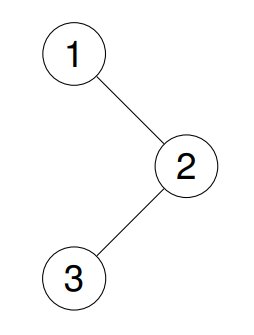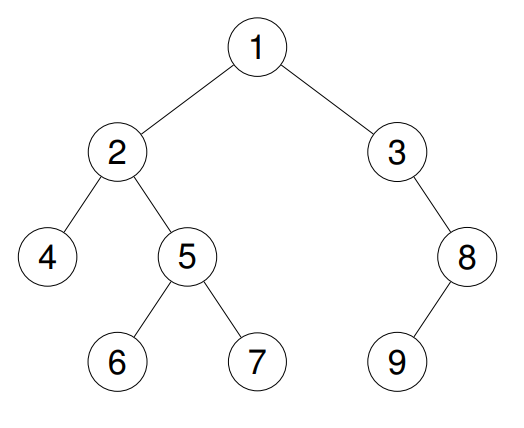Binary Tree Preorder Traversal
Given the root of a binary tree, return the preorder traversal of its nodes' values.
Example 1:
Input: root = [1,null,2,3]
Output: [1,2,3]
Explanation:

Example 2:
Input: root = [1,2,3,4,5,null,8,null,null,6,7,9]
Output: [1,2,4,5,6,7,3,8,9]
Explanation:

Example 3:
Input: root = []
Output: []
Example 4:
Input: root = [1]
Output: [1]
Approach 1: Recursive (Simple)
🔹 Steps:
-
Visit the current node →
add value to result -
Recursively traverse the left subtree
-
Recursively traverse the right subtree
/**
* Definition for a binary tree node.
* public class TreeNode {
* int val;
* TreeNode left;
* TreeNode right;
* TreeNode() {}
* TreeNode(int val) { this.val = val; }
* TreeNode(int val, TreeNode left, TreeNode right) {
* this.val = val;
* this.left = left;
* this.right = right;
* }
* }
*/
class Solution {
public List<Integer> preorderTraversal(TreeNode root) {
List<Integer> result = new ArrayList<>();
preorder(root, result);
return result;
}
private void preorder(TreeNode node, List<Integer> res) {
if (node == null) return;
res.add(node.val); // Visit root
preorder(node.left, res); // Left subtree
preorder(node.right, res); // Right subtree
}
}
Java Code (Iterative):
class Solution {
public List<Integer> preorderTraversal(TreeNode root) {
List<Integer> result = new ArrayList<>();
if (root == null) return result;
Stack<TreeNode> stack = new Stack<>();
stack.push(root);
while (!stack.isEmpty()) {
TreeNode current = stack.pop();
result.add(current.val); // Visit node
if (current.right != null) {
stack.push(current.right); // Right child
}
if (current.left != null) {
stack.push(current.left); // Left child
}
}
return result;
}
}
Comments
Post a Comment